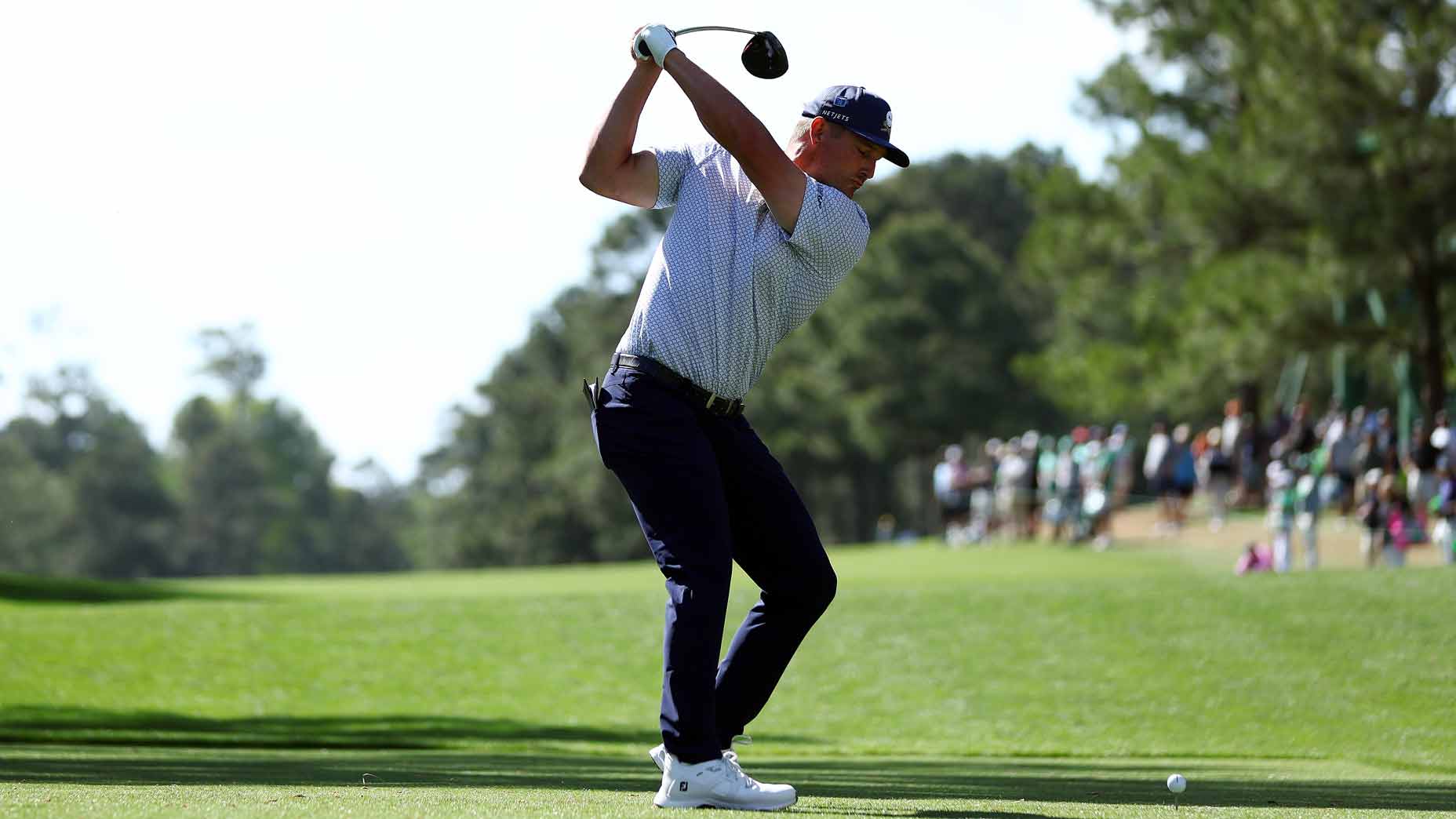10 things you must do to execute shots to the best of your ability
- Share on Facebook
- Share on Twitter
- Share by Email

If you want to get the most out of your game, you must focus on certain things.
Getty Images
Sometimes players struggle to take their games from the range to the course. It’s something that afflicts many golfers, and even some of my students.
This can happen for several reasons, but often their struggles happen because of how they approach every shot. On the range — when there aren’t many consequences for a bad shot — it can be easy to put on a stripe show. On the course, it’s not so easy.
To get better results on the course, you need to overhaul your preparation and decision-making that goes into every shot. Here are 10 tips on how to do so.
1. Do the math
When you reach your ball, your first step should be to get an accurate yardage — but not just to the pin. Also consider the hazards in play and any other trouble that might be lurking. Remember, though, these yardages can vary based on wind, elevation and temperature. Take all of these numbers into account when determining the actual yardage you want to hit the ball.
2. Choose the right club
Once you have an accurate yardage, it’s time to select your club. You should know how far your clubs carry in the air and their roll-out distance. With these numbers down, you can select the club that will leave you in the proper spot.
3. Choose your target
Choosing the target might sound simple, but it rarely is. Sometimes you’ll need to consider your next shot before you play your current shot. If there’s trouble in play, you want to avoid it — and you can do that by selecting smart targets. Aim to a spot where even if you make a bad swing, you won’t be in too much trouble on your next shot.
10 short-game rules that every golfer should followBy: Kellie Stenzel, Top 100 Teacher
4. Aim away from trouble
This plays into the previous point, but it must be reiterated — you need to avoid trouble. If a flagstick is tucked behind a bunker, play to the middle of the green. If there’s water in front, take an extra club. Being smart with your game will go a long way.
5. Take a practice swing
Practice swings are important because every shot requires a new club. You need to acclimate your body to the feeling of the new club, which is where a practice swing helps. Practice swings should focus on rhythm, tempo and speed, and should mimic the swing feeling you want on the shot. Make sure you’re comfortable with your swing before you pull the trigger.
6. Look at the target
Aim is a hugely important skill, but some golfers struggle with it. Practice on the range with an alignment stick to learn how it looks to be aimed at the target and take those feels to the course. Your mind can play tricks on you, so you need to understand what proper aim looks like. Once you’re on the course, take those lessons from the range to dial in on your target.

Alignment Ball
View Product
7. Prioritize posture and ball position
You often spot a good golfer by their setup. They look athletic, balanced and in good posture. When you combine all these setup variables correctly, you’ll be in great position to put a solid and consistent strike on the ball. You’ll want a consistent ball position as well if you want proper alignment and clubpath. Fundamentals might be boring, but they are the foundations of a great swing.
8. Pull the trigger
Once you go through the steps above, it’s time to make a swing. Be committed to your shot to make the best swing possible — and never second-guess yourself during the swing. Swing like you don’t care where the ball will go and learn to accept the results. If you can learn to stay in the process rather than worry about the results, you’ll have much more success.
9. Be balanced
I like to see my students be balanced enough that they can hold their finish until the ball lands. Many great swings produce poor results because they aren’t balanced. Being able to hold your finish is a great way to check if you’re swinging with balance.
10. Learn your tendencies
This is something you can learn from your coach. If you have a consistent miss, you should learn a few methods to correct the mistake. When things go sideways on the course (which they inevitably will from time to time), knowing how to alter your swing to correct the misses is a huge skill. Knowing your tendencies and understanding how to correct them can be hugely helpful on the course.
Latest In Instruction

Golf.com










